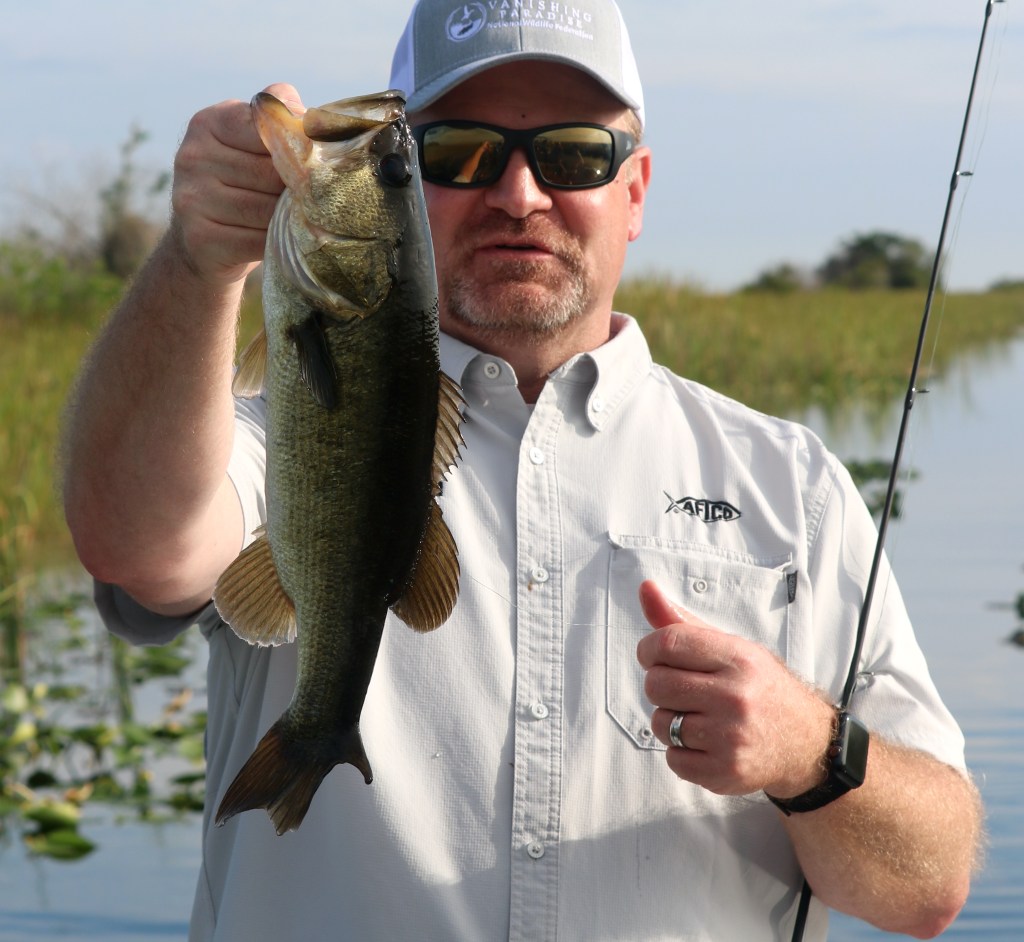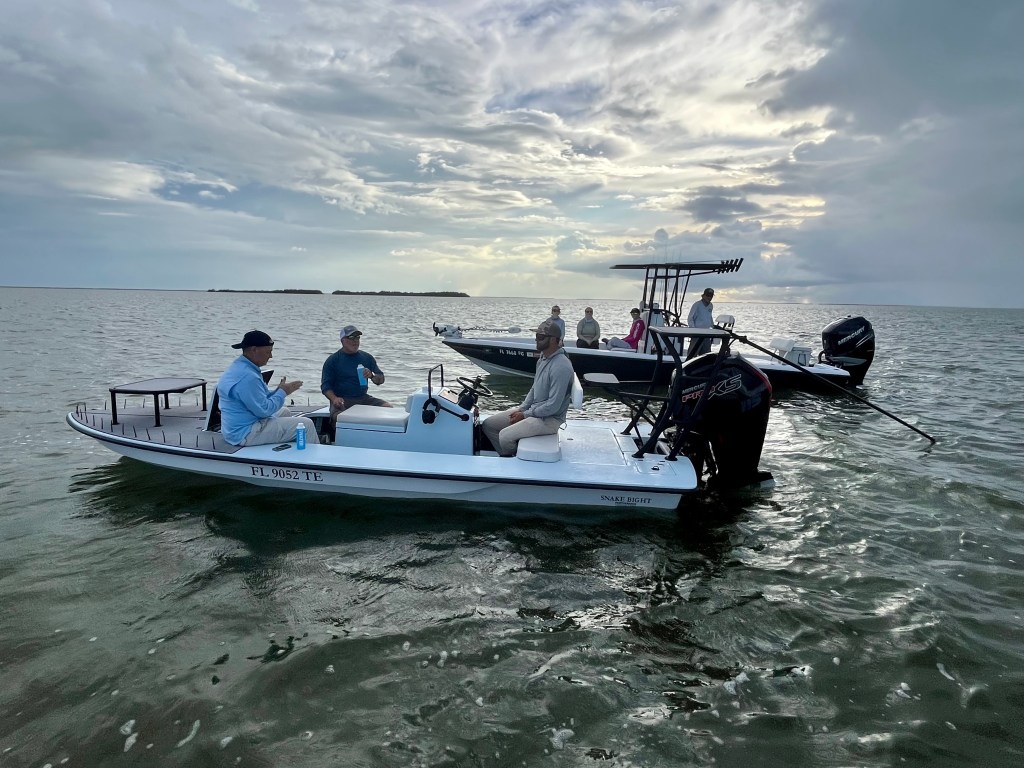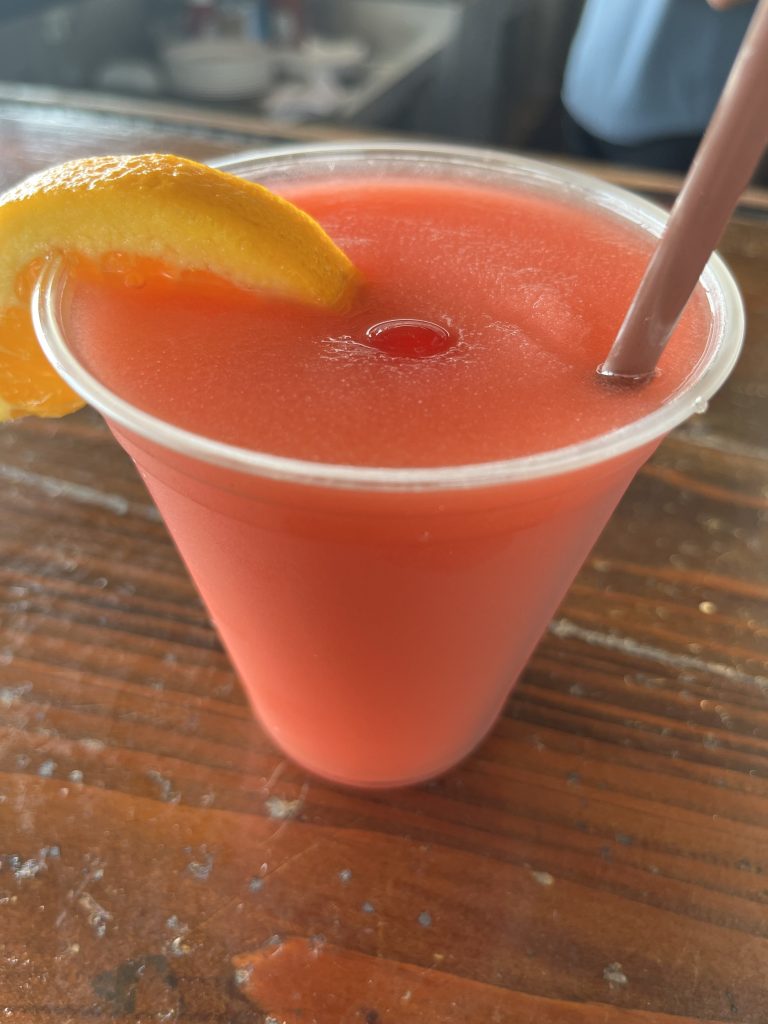
MIAMI LAKES, Fla. — There were times when the trail seemed a bit too narrow and times when there seemed to be no trail at all.
But Marshall Jones, owner of Mack’s Fish Camp, never eased back on the throttle of his airboat until he reached the canal where the largemouth always seem to be biting.
When he finally shut off the engine, Jones was the only one on the boat who wasn’t lost, but none of his patrons seemed to care. There was fishable water in every direction, and Jones didn’t even have to give the go-ahead to begin casting.
“How could you look at this water and not think bass?” he asked. “I’ve had customers tell me that every cast they make feels like it could lead to a personal best.”
It’s true. As far as you can see, up and down both directions of the canals that sit in Jones’ literal backyard, there are assorted rows of vegetation — from lily pads to spatterdock to bladderwort — that serve as dual hiding places for all manner of swamp creatures and perfect ambush habitat for bass.

It’s Florida. So, at any given moment, bass can be found in all three phases of the spawn. As for baits, you can pick your poison. The vegetation lends itself perfectly to soft-plastic presentations like frogs and wacky rigs. But reaction baits like spinnerbaits, ChatterBaits, and crankbaits draw frequent strikes, and topwater lures like poppers, walkers, and buzzbaits entice ferocious blowups.
For those who aren’t too caught up in the “artificial-only” bass fishing motto, live shiners might actually be the best way to catch the fish of a lifetime from the ‘Glades.
“My personal best down there is 9-4, but I’ve had a couple of double-digit fish on,” said Robert Greenlee, an Oklahoma angler and regular customer at Mack’s Fish Camp since he retired decades ago. “But my wife Carol loves to use those live shiners, and she has caught several double-digit bass.
“I used to say fishing with live bait was kind of like kissing your sister — it was nothing to be ashamed of, but nothing to really be proud of either. But after watching her catch those big bass on live shiners, I kind of changed my mind.”
Obviously, Greenlee said, not every day produces a personal-best largemouth. But even the trips that don’t leave anglers with plenty of stories to tell.

“Most of the fish we catch out there are 1- to 2-pounders,” he said. “I’ve had lots of 100-fish days with Marshall and his guides. If you can’t have fun doing that, you’re just not trying.”
Jones, whose family has owned Mack’s Fish Camp since the land was homesteaded in 1932, said his guide service books in the neighborhood of 500 trips per year, with three-, four-, and five-hour excursions available. About the only days when he absolutely says no are Christmas and Easter, though he does often have requests for those time slots.
Right now — during the late spring/early summer period when the water is low — is when Jones said big numbers are likely because the bass are more congregated.
“I can remember one day in early May when we lost count at 270 fish,” he said. “This is just the time of year when you can catch as many bass as you want with just about any presentation you want to use.”
For big fish, Marshall suggested the new moon or full moon in February, March, or November — and the term “big fish” in the Everglades can mean anything from a 5-pounder for Northern anglers who’ve never experienced Florida largemouth, to double-digit monsters that would turn heads in every corner of the country.

“My PB on a certified scale is 11-7,” he said. “But I missed a bass just before my younger daughter was born — she’s 19 now. It came up and shook its head three times, and I swear to this day it was bigger than the Florida state record (17.27 pounds).
“The biggest bass I’ve ever seen caught from here was 14 pounds, 11 ounces — and that bass was skinny. She was completely spawned out. Her head was the size of a basketball.”
Besides fishing trips, Jones offers sightseeing excursions for those who simply want to experience an airboat ride, take pictures of the swamps’ vast array of flying, swimming, and slithering critters, or just lose sight of civilization for a while.
For more information on the bass fishing out of Mack’s Fish Camp, visit macksfishcamp.com or find them on Facebook or Instagram.
Destination: Everglades
As Steve Davis of the Everglades Foundation says, you could spend a month exploring the vast iconic region and still not see it all. But if you’re on your way down to do some bass fishing in the marshes — and maybe finish with some saltwater fishing in Florida Bay — there are several things you simply have to do.
Along the way: If you’re headed toward Florida Bay — the true tip of the United States and the lower reaches of the Everglades — you have to stop at the “Robert is Here Fruit Stand and Farm.” Yes, you read that right. That’s the name of the place. They have every kind of fruit imaginable, but one of the main tourist attractions is their milkshakes. Don’t waste this experience on chocolate, vanilla, or strawberry. Try one of their concoctions you can’t find anywhere else. My friend Bill Cooksey went for the guanabana (made with a tropical fruit that looks like a spiked green weapon), while I enjoyed the classic key lime — a flavor that stands up surprisingly well in ice cream.

The drink you have to drink: Rum-runner. Legend has it, the rum runner was invented in the Florida Keys sometime between the 1950s and the 1970s by a bartender who needed to use up extra ingredients. It’s a fruity, but stout combo of multiple types of rum, fruit juices, banana and blackberry liqueurs, and grenadine. It’s that typical, carefree boozy tropical drink that tastes so good you’ll forget it’s made with quite a bit of Captain Jack Sparrow’s favorite alcohol. So, enjoy, but drink responsibly. And don’t let your bourbon-drinking friends rib you about drinking a fruity sensation with a pinkish hue. It’s just what people do when they visit this part of the country.

The food you have to try: Conch. Yes, we mean the critter that inhabits a conch shell — and it’s actually a type of large sea snail that is commonly found in the region. It has a sweet, slightly briny flavor and a firm, chewy texture that is sometimes likened to calamari. It’s a good source of protein, as well as essential minerals like zinc, magnesium, and potassium…blah-blah-blah. The important thing is it tastes amazing, and it’s available everywhere when you stop in the lower reaches of the Everglades. I highly recommend conch chowder and conch fritters.
That touristy thing you have to do: Tarpon feeding. Anyplace you eat on the shores of Florida Bay will likely have a station for tarpon feeding, and it’s something everyone should do once. Standard procedure has dozens of tarpon — and the occasional harmless nurse shark — swimming around a pier or a boat slip with food (frozen baitfish) readily available for purchase nearby. The guys who make their living guiding for tarpon don’t necessarily like this practice because it congregates the fish in places where they’ll never be caught. But for people who’ve never seen one of these super-cool creatures any other way, it’s a great opportunity to experience them up close.




